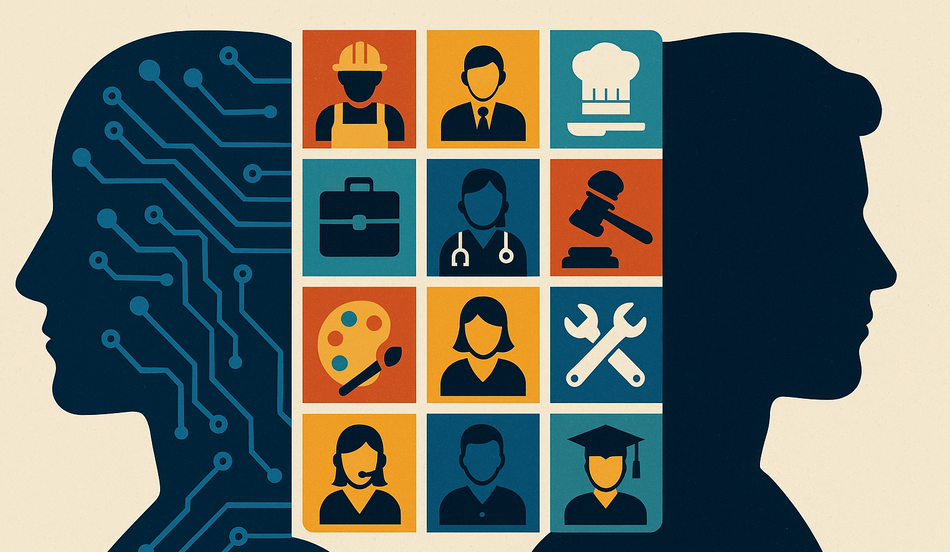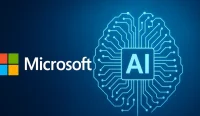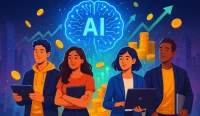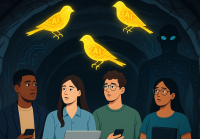Artificial intelligence continues to reshape the workplace, and a new study from Microsoft is putting sharper numbers behind that shift. According to the report, 40 occupations in the United States are already seeing significant overlap with AI chatbot capabilities, raising questions about job security, productivity, and the broader future of work.
The analysis, based on more than 200,000 real-world interactions with Microsoft’s Copilot and other AI tools, introduces a new metric called the AI Applicability Score. This score assesses how well a profession’s fundamental responsibilities match what AI can do now, not what might be feasible in the future but rather what is already taking place in call centers, offices, and digital workplaces.
Rather than predicting direct layoffs, the study suggests that jobs with high applicability scores are the ones most likely to be restructured, automated in part, or heavily augmented by AI chatbots. The findings highlight a growing divide in the labor market between roles rooted in information and communication and those grounded in physical work or complex interpersonal skills.
Jobs With the Highest AI Overlap
The Microsoft report shows that AI chatbots excel in roles where repetitive tasks, structured communication, and text or data processing are central. These include answering routine questions, drafting text, translating languages, and managing standard workflows.
Among the 10 jobs most susceptible to AI disruption:
- Customer service representatives
- Writers and authors
- Interpreters and translators
- Sales representatives (services)
- Historians
- Telephone operators
- Ticket agents and travel clerks
- Journalists and news analysts
- CNC tool programmers
- Developers
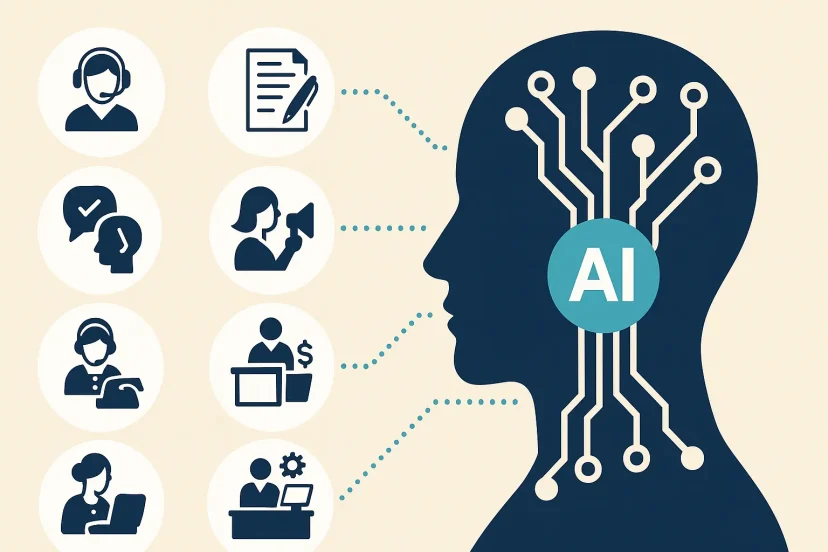
Customer service representatives, for example, account for roughly 2.86 million U.S. jobs. Many of their daily tasks — handling inquiries, resolving common issues, and escalating more complex cases — are already being managed by AI-driven chatbots on websites and in call centers.
Writers, journalists, and translators also feature prominently on the list, reflecting AI’s ability to generate, summarize, and reframe text across multiple languages. Microsoft’s Copilot and rival tools like ChatGPT are already widely used in these professions to draft content, assist with research, or provide instant translations.
Jobs Least Affected by AI
The same study identifies another group of 40 jobs with minimal AI applicability. These are professions that rely heavily on manual labor, situational judgment, or direct physical presence — tasks that current AI technology simply cannot perform.
Examples include:
- Heavy machinery operators
- Roofers
- Housekeepers
- Massage therapists
- Dishwashers
For these workers, the immediate threat from AI chatbots is negligible. A roof repair or deep-cleaning job cannot be outsourced to an algorithm. Microsoft points out that if nearby industries, like logistics and construction planning, use AI in management and supervision roles, these positions may still be impacted indirectly.
White-Collar Jobs in the Spotlight
The report underscores a significant trend: white-collar information-based jobs face the greatest disruption in the short term. Industries like publishing, media, customer support, and office administration depend on workers whose main tasks are reading, writing, communicating, and analyzing information. Those are precisely the areas where AI is advancing most quickly.
This does not necessarily mean millions of workers will be replaced. Instead, AI may reshape job structures, leaving fewer people needed for routine tasks while increasing demand for oversight, creativity, and specialized problem-solving.
For instance, a customer support team may shrink in size but retain a core group of employees to handle complex cases, supervise AI systems, and ensure quality control. Writers may spend less time drafting boilerplate text but more time on editing, fact-checking, and shaping narratives AI cannot fully grasp.
Hire the Talent AI Can’t Replace
As white-collar roles evolve, the demand for oversight, creativity, and problem-solving grows. Post your job on WhatJobs and connect with professionals who bring human insight to an AI-driven workplace.
Post a Job Now →The AI Applicability Score Explained
One of the most important aspects of Microsoft’s research is its emphasis on measuring present-day AI impact. The AI Applicability Score is not a forecast of potential capabilities but a snapshot of how often AI is already being used in real-world workflows.
The score is calculated by tracking:
- Frequency of AI use in a specific role
- Effectiveness of AI in assisting or completing tasks
- Degree of overlap between AI’s strengths and the job’s core duties
High scores do not equal guaranteed job loss. Instead, they reflect jobs where AI is already integrated and likely to grow as a daily tool.
Preparing for an AI-Driven Workplace
Microsoft’s report emphasizes that the most productive path forward is not resistance, but adaptation. Employers are encouraged to retrain workers, shifting focus from routine duties to higher-value tasks that AI cannot handle. Workers, meanwhile, are urged to develop AI literacy — understanding how to collaborate with AI rather than compete against it.
Some companies are already moving in this direction. Call centers are retraining agents to specialize in empathy-driven service, while newsrooms are teaching journalists to use AI for background research without outsourcing editorial judgment.
Experts argue that reframing AI as a collaborative tool rather than a replacement will be essential for both job security and workplace innovation.
A Snapshot of 2025
The findings arrive as AI investment hits historic highs. U.S. tech giants are pouring hundreds of billions of dollars into building the infrastructure needed to power large-scale models like Copilot, ChatGPT, and Gemini. The rapid expansion of data centers and AI adoption across industries means that the next two years will be pivotal.
Microsoft’s study gives workers a chance to see where they stand. For those in the 40 jobs identified as highly susceptible, the message is clear: prepare for change. Although there is less immediate risk for people in occupations that demand practical experience and people skills, no industry is completely immune to AI’s repercussions.
FAQs
1. Does Microsoft’s study mean these 40 jobs will disappear?
No. The study highlights how AI is already being used in these professions, not a prediction of mass layoffs. Many roles will be restructured rather than eliminated.
2. What can workers in high-risk roles do to adapt?
Building AI literacy, focusing on creative and interpersonal skills, and seeking training in oversight or problem-solving roles can help workers remain valuable alongside AI tools.
3. Which industries face the most immediate disruption?
Customer service, media, publishing, translation, and office administration are at the front line because their core tasks align closely with AI chatbot capabilities.
4. Are any jobs completely safe from AI?
No job is entirely immune to technological change. However, jobs like roofers, massage therapists, or heavy equipment operators that call for manual labor, physical presence, or profound human empathy are much less vulnerable to AI chatbots.
